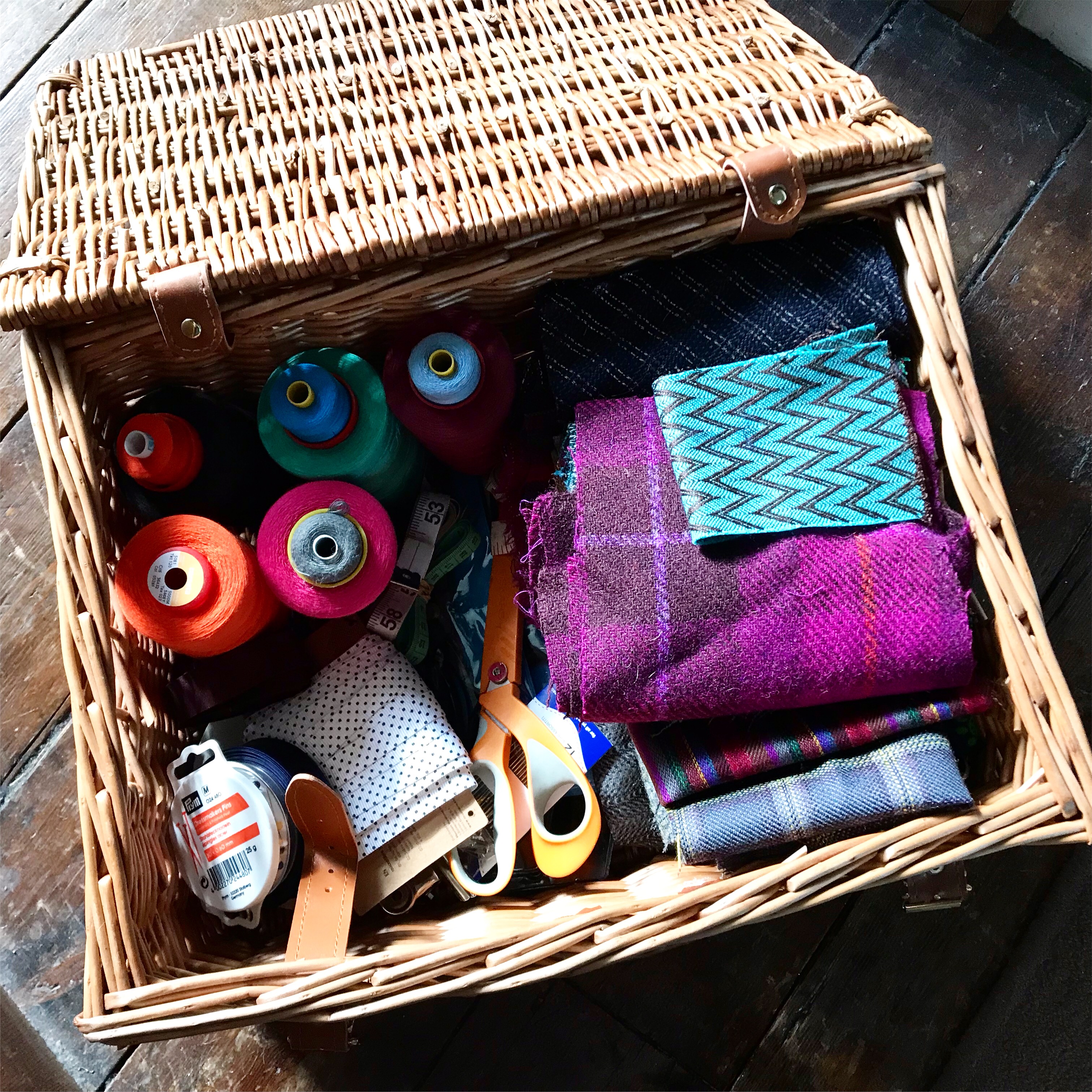On 6th June I was invited to participate in a workshop called The Unfinished in Architecture, Design and Planning, run by Kim Kullman from the Open Space Research Centre at the Open University.
This is the outline:
In Building the Unfinished (1977), Lars Lerup develops an orientation to form-making that approaches unfinishedness not as an imperfection but as a creative and conceptual resource alive to the movements of difference, matter and time. For Lerup, unfinished environments co-evolve with bodies in various states of divergence and are devised to enable experimentation with new configurations of things that disrupt constraining modes of agency and association.
This seminar examines the workings of the unfinished in contemporary architecture, design and planning. It asks how the unfinished can be summoned and sustained in practice and thought as well as under what conditions. Could the unfinished trouble established ways of acting through its immersion in the processual and speculative? Might it yield alternative responses to ecological fragility and social inequality? And significantly, what pedagogies are required to cultivate skills of form-making that are attuned to an unfinished world?
Chaired by Dr Kim Kullman (The Open University) and Professor Peter Kraftl (University of Birmingham), the first part of the seminar consists of a keynote by Professor Lars Lerup (Rice University, USA) and commentaries that develop four themes in conjunction with the unfinished: agency (Dr Jos Boys, The Bartlett), temporality (Dr Lauren Andres, University of Birmingham), performativity (Professor Yeoryia Manolopoulou, The Bartlett) and pedagogy(Dr Craig Martin, University of Edinburgh). The second part of the seminar involves a thinking through making session, which is led by Dr Kat Jungnickel (Goldsmiths) and explores articulations of the unfinished through the medium of sewing.


This is the abstract for my session at the workshop:
The Unfinished Pocket
What is a pocket?
What does a pocket do?
Is it ever finished?
Pockets are social, spatial, cultural, political and gendered devices. Although small, mundane and easily overlooked, they play a critical role in everyday life – in the construction of identity, mobile bodies, gender relations and ideas around citizenship.
Pockets, have long held practical and symbolic value. They provide self- sufficiency and security. They free hands to do other things. They can display power and property or carefully conceal something secret. They’ve long been heirlooms, parts of ritualistic practice and gift exchange, passed on from generation to generation. For women, a pocket was a prized personal and private space. Ariene Fennetaux (2008:308) writes about how pockets in the eighteenth century were “one of the few places women could call their own”.
Pockets signal roles and responsibilities for social, cultural, financial and political action. They are also sites of imaginative provocation for those without such privilege. For instance, pockets come as a revelation to the woman, in Charlotte Perkins Gilman’s classic story “If I Were a Man”, who wakes up in her husband’s body and dresses in his clothes: “Of course, she had known they were there, had counted them, made fun of them, mended them, even envied them; but she had never dreamed of how it feltto have pockets”(1914:58). And pockets of course hold things. As Barbara Burman and Seth Denbo (2007,np) write: ‘The things we carry with us on a daily basis reveal a lot about the pace and complexity of our lives.’
In this session, we will materially negotiate with the ideas and architectures of pockets. We will make, mend and re-imagine pockets to fit bodies, clothes and contexts and explore through sewing the unfinished potential of these wearable spaces.